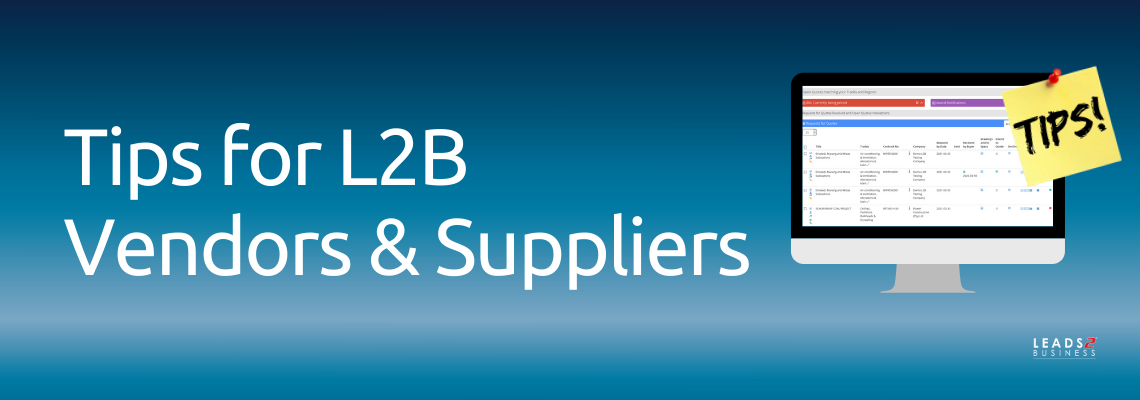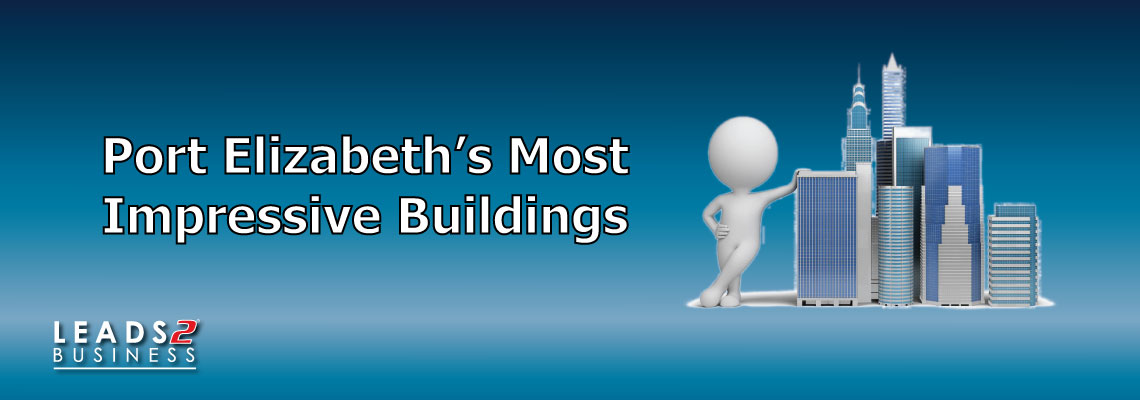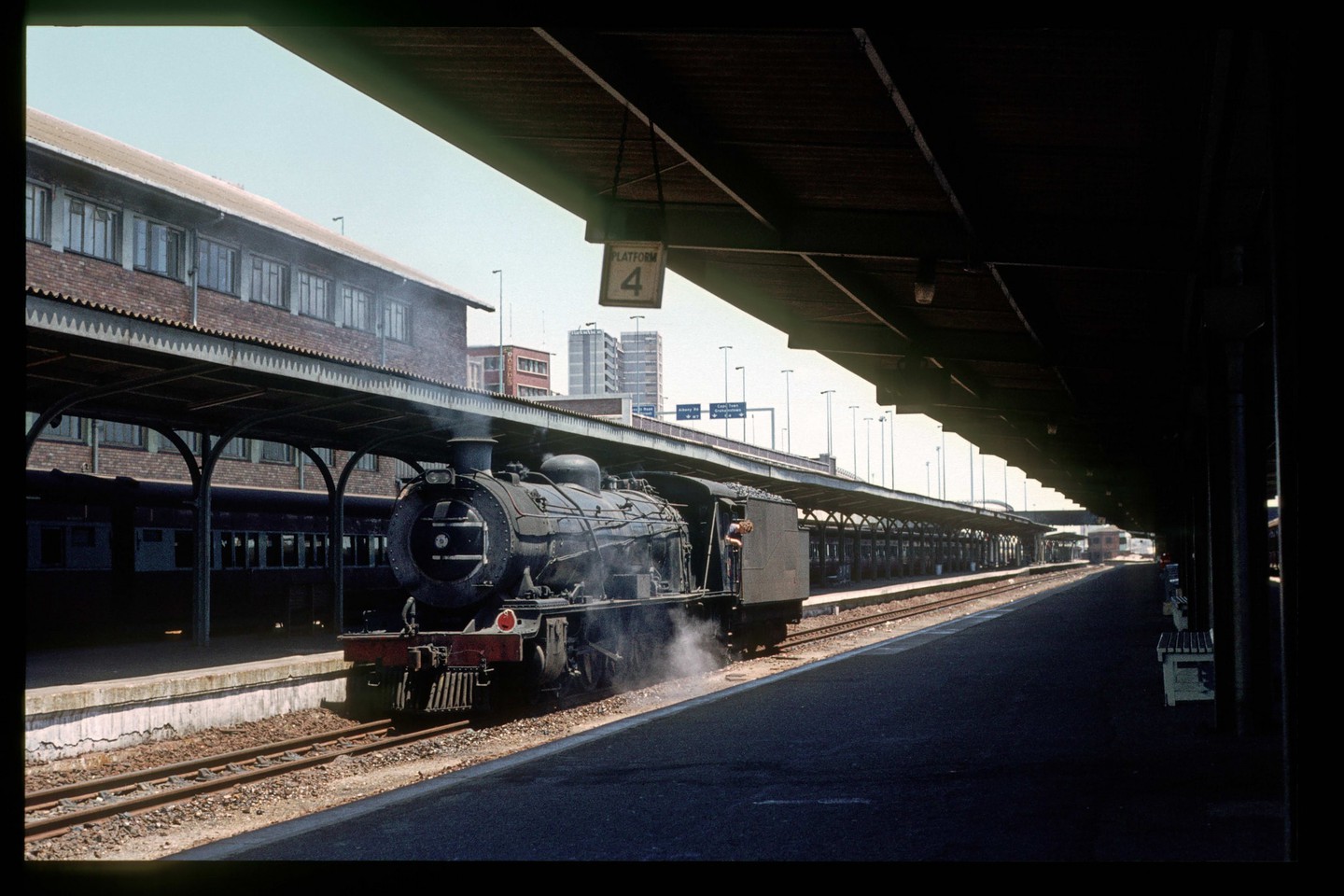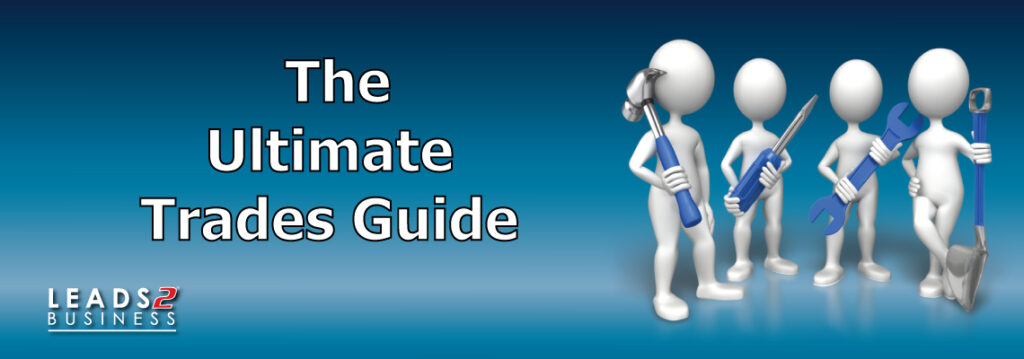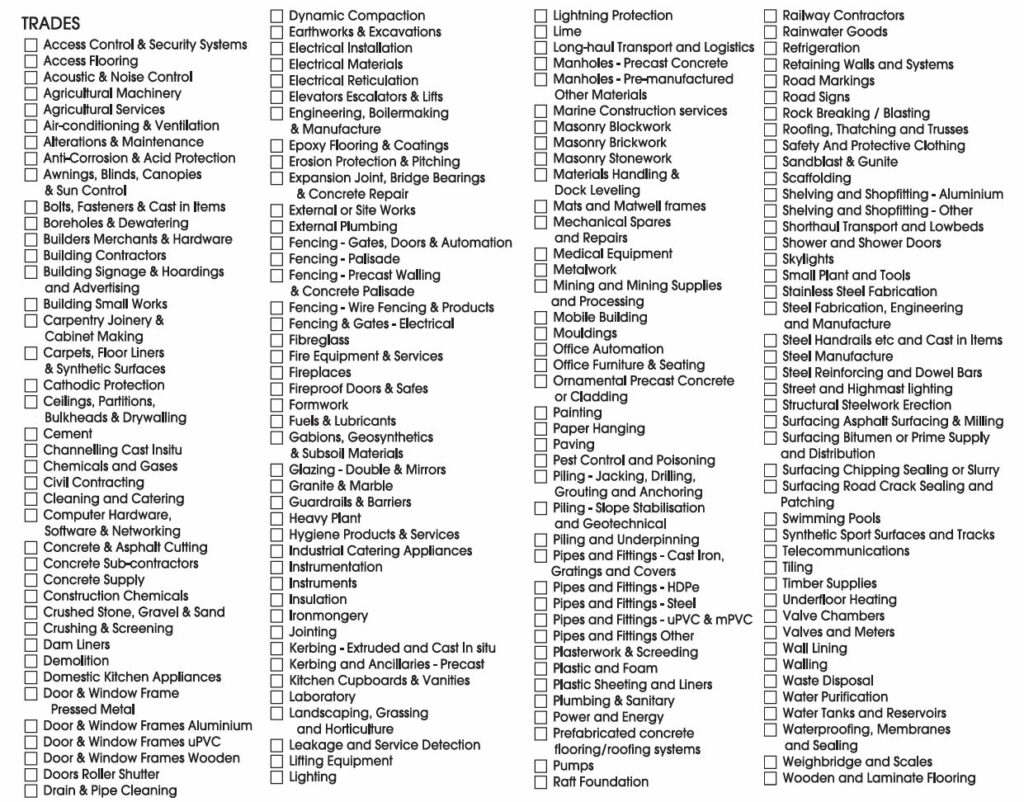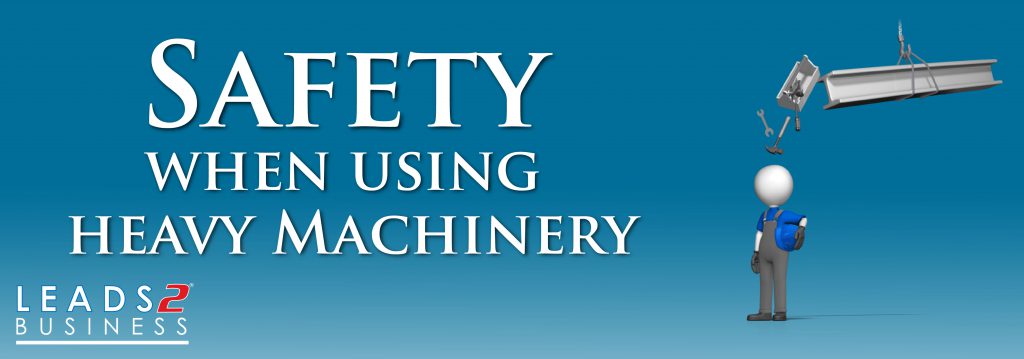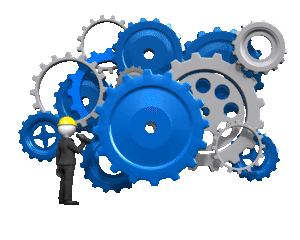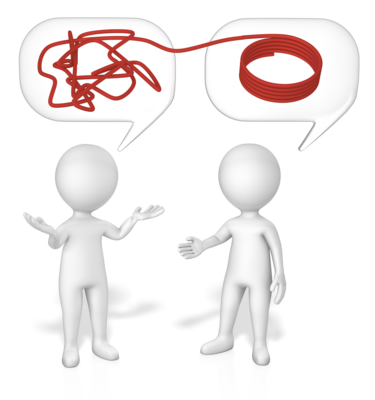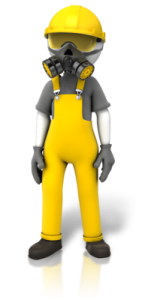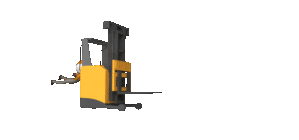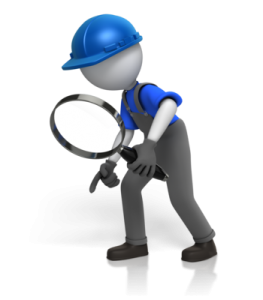Women in architecture

Women in architecture have been documented for many centuries, as professional (or amateur) practitioners, educators and clients.
In 1980 M. Rosaria Piomelli, born in Italy, became the first woman to hold a deanship of any school of architecture in the United States, as Dean of the City College of New York School of Architecture.
Recent studies also show that from the 1980s, women, as housewives and consumers, were instrumental in bringing new approaches to design, especially interiors, achieving a shift from architecture to space.
A study on experience in Canada highlights the widespread contributions women have made in recent years, developing innovative approaches to practice and design.
Marion Mahony Griffin (February 14, 1871 – August 10, 1961) became the world’s first woman to be officially licensed as an architect:
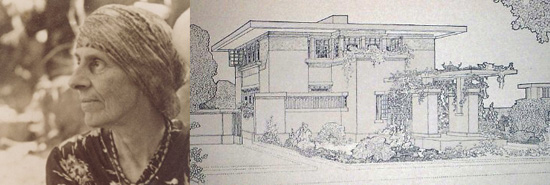
Signe Hornborg: Signelinna (1892) in Pori, Finland, possibly the first building designed by a credentialed female architect:
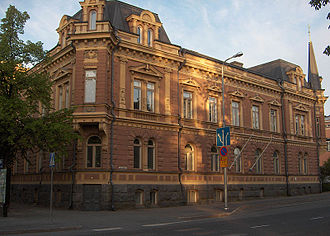
Julia Morgan (January 20, 1872 – February 2, 1957) was the first woman to study architecture at the prestigious Ecole des Beaux-Arts in Paris and the first woman to work as a professional architect in California:

Several women architects have had considerable success in recent years, gaining wide recognition for their achievements:
Here are just a few examples of women who have excelled in their profession:
Zaha Hadid was born in Baghdad, Iraq in 1950, and in 2004, she became the first woman to win a Pritzker Architecture Prize:
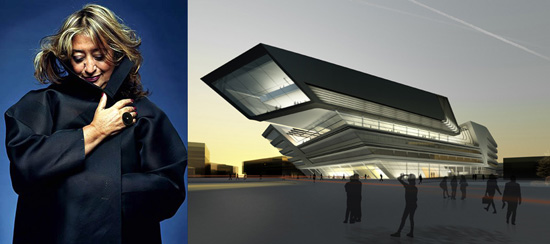
Kazuyo Sejima is a leading exponent of contemporary architecture. In 1981, she has designed some of the most innovative works of architecture built recently around the world. A list of notable projects include the New Museum of Contemporary Art in New York, the Serpentine Pavilion in London, and the Christian Dior Building in Omotesando:
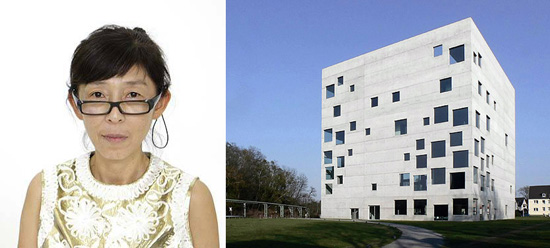
Jeanne Gang is principal and founder of Studio Gang Architects, a 36-person architecture firm in Chicago, that has been recognized for its innovation and leadership in design. Ms. Gang’s work represents a diverse range of building typologies, from large-scale undertakings such as the 82-story Aqua Tower in downtown Chicago, which reconsiders the tall building as a site-specific structure, to the SOS Community Center on Chicago’s South Side, which visibly engages with the distinct material properties of concrete. In all of her projects, Ms. Gang explores new creative territory in materials, technology, and sustainability, and her work with Studio Gang has received national and international awards and recognition:
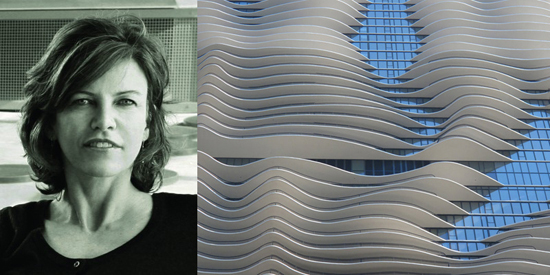
Recent statistics
Europe:
In a survey conducted by the Architects’ Council of Europe in 33 countries, found that there were 524,000 architects, of whom 31% were women. However, the proportions differed widely from country to country. The countries with the highest proportion of female architects were Greece (57%), Croatia (56%), Bulgaria (50%), Slovenia (50%) and Sweden (49%) while those with the lowest were Slovakia (15%), Austria (16%), the Netherlands (19%), Germany (21%) and Belgium (24%). Over 200,000 of Europe’s architects are in Italy or Germany where the proportions of women are 30% and 21% respectively.
Australia:
A study conducted in Australia in 2002 indicated that women comprise 43% of architecture students while their representation in the profession varied from 11.6% in Queensland to 18.2% in Victoria. More recent Australian data, collected and analyzed as part of the Equity and Diversity in the Australian Architecture Profession research project, shows that whatever measure used women continue to disappear from the profession. Women have comprised over 40% of Australian architecture graduates for over two decades, but are only 20% of registered architects in Australia.
United Kingdom:
A United Kingdom survey in 2000 stated that 13% of practising students were women although women comprised 38% of students and 22% of teaching staff. Data from the Fees Bureau in November 2010 showed, however, that only 19% of professional architects were women, a drop of 5% since 2008.
United States:
In the United States, the National Architectural Accrediting Board reported in 2009 that 41% of architecture graduates were women while the AIA National Associates Committee Report from 2004 gives the percentage of licensed female architects as 20%. In 2003, an AIA Women in Architecture study found that women accounted for 27% of staff in U.S. architecture firms.
Progress since 2000
Several women architects have had considerable success in recent years, gaining wide recognition for their achievements
In 2004, the Iraqi-British architect Zaha Hadid became the first woman to be awarded the Pritzker Prize. Among her many projects, special mention was made of the Rosenthal Center for Contemporary Art in Cincinnati and the BMW Central Building in Leipzig. When awarding the prize, the chairman of the jury, spoke of her “unswerving commitment to modernism” explaining how she had moved away from existing typology, from high-tech, shifting the geometry of buildings.” Since 2004, she has completed many other notable works including the Guangzhou Opera House in Guangzhou, China, and the London Aquatics Centre for the 2012 Summer Olympics.
In 2010, another woman became a Pritzker Prize winner, Kazuyo Sejima from Japan, in partnership with Ryue Nishizawa. Lord Palumbo, the jury chairman, spoke of their architecture “that is simultaneously delicate and powerful, precise and fluid, ingenious but not overly or overtly clever; for the creation of buildings that successfully interact with their contexts and the activities they contain, creating a sense of fullness and experiential richness.” Special consideration had been given to the Glass Center at the Toledo Museum of Art in Ohio, and the 21st Century Museum of Contemporary Art, Kanazawa in Ishikawa, Japan.
In 2007 Anna Heringer (born 1977, Germany) won the Aga Khan Award for Architecture for her METI Handmade School built with bamboo and other local materials in Rudrapur, Bangladesh. An example of sustainable architecture, the project was praised not only for its simple, humane approach and beauty but also for the level of cooperation achieved between architects, craftsmen, clients and users. Several RIBA European Awards have been won in recent years by the Danish firm Lundgaard & Tranberg where Lene Tranberg (born 1956) has been a key architect. Projects have included the Royal Danish Playhouse (2008) and Tietgenkollegiet (2005).
In 2010, Sheila Sri Prakash was the first Indian Architect invited to serve on the World Economic Forum‘s Design Innovation Council, where she created the Reciprocal Design Index as a design tool for Holistically Sustainable Development. She is the first woman in India to have established her in own firm. In 1992, she was a pioneer of environmentally sustainable architecture and had designed a home with recycled material
In 2013 Julia Morgan became the first woman to receive the AIA Gold Medal, which she received posthumously. In 2014 the Heydar Aliyev Cultural Centre, designed by Zaha Hadid, won the Design Museum Design of the Year Award, making her the first woman to win the top prize in that competition. In 2015 Hadid became the first woman to be awarded the RIBA Gold Medal in her own right.
In 2014 Parlour: women, equity, architecture published the Parlour Guides to Equitable Practice, which provide a practical resource for moving toward a more equitable profession, with a focus on gender equity.
Woman in architecture have made widespread significant contributions in recent years.
Women’s significant and growing presence in the profession has attracted more attention over the years with their innovative approaches to practice and design.
Source: Wikipedia
If you are interested in becoming one of our subscribers, please visit our website.
To view notes with screenshots on how to use our website, please visit our Wiki site.
To view more articles, please visit our blog.
My name is Lola Govender. I have been working at L2B for 14 years and am very passionate about our business.
